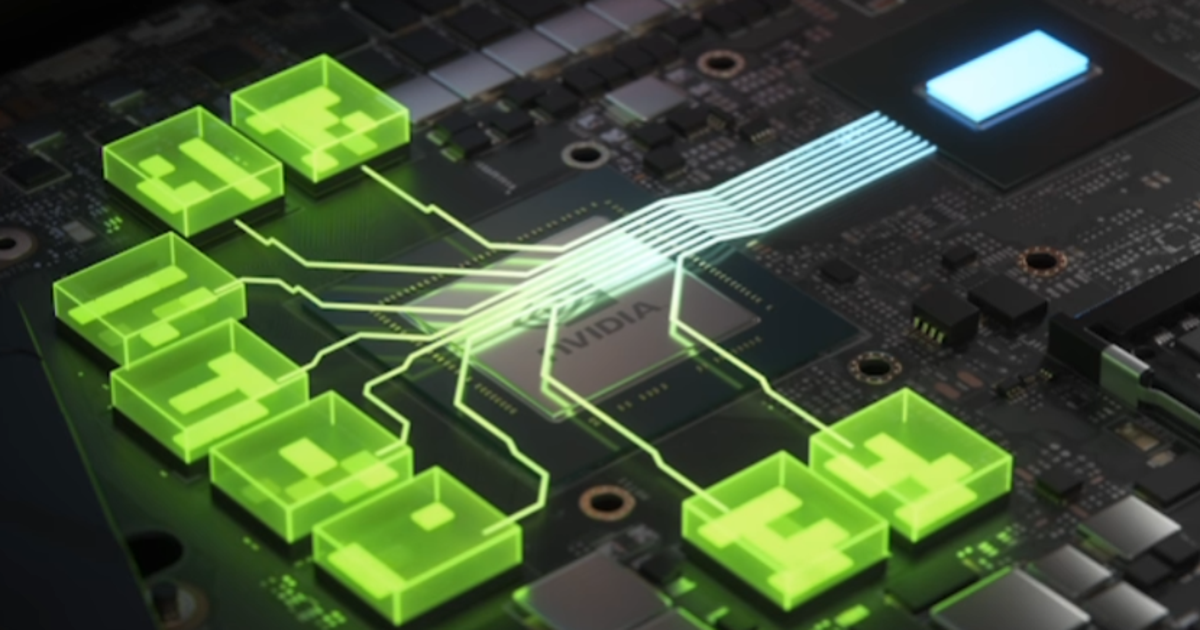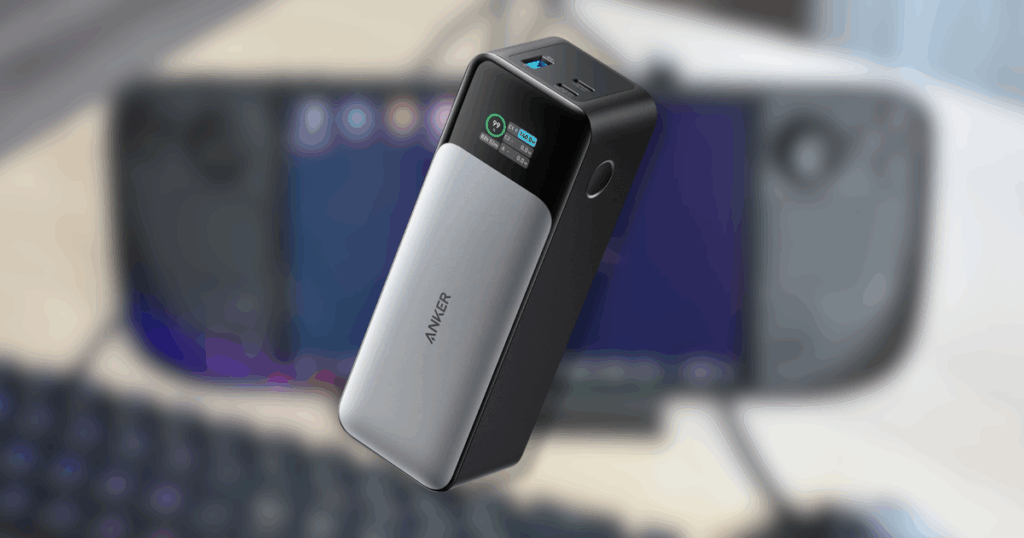Back when Nvidia started to activate the Resizable bar on their graphics cards by 2021, without spending much time for creating a prominent game with all efforts to turn on the lights on the lights-to be revealed as something only the best useful, and nothing crazy. I ended the original version of this article by hoping that Rebar would bloom into something more influential, and so, because NVIDIA, AMD and Intel are launching new generations of GPUs at this moment, I think this is a good time to check and see how it is happening.
However, if you only join us, you might have been enameled on 102 from the first thought: exactly what is the resizable bar?
Resizable Bar explained
Before I received the exact way Thanh’s operation, I would like to pay more than the original post that it was far from an exclusive technology of NVIDIA. Although AMD calls it a smart access memory (Sam), Rebar works on the CPU and GPU performed by all three manufacturers mentioned above – the same way, because this process includes both main PC components operating in parallel.
All gaming PCs create an image on the screen using CPU-structure processing data, Shader and similar to the frame buffer of the graphics card. Usually the CPU can only access this buffer in 256 MB reading blocks, this is obviously not a lot when the modern GPU regularly has 8GB of video memory or more.
The bar can replace (or Sam) basically make the entire graphic buffer access to the CPU at the same time; The place where it can sip, now it Guzzles. The idea is that once the structure, shader and geometry are downloading faster, the games will run faster with higher framerates.

Sound as a sweet agreement so far, although you will need to meet some hardware requirements. Although any AMD Ryzen CPU and/or Intel Arc GPU will do, Intel chips must be the 10th or newer generation, while the graphics card must at least a series of Radeon RX 6000 or NVIDIA GeForce RTX 30 Series (or newer, in both cases).
It really works, though?
When I first tested the Resizable bar on RTX 3070, it really didn’t do much. Some games run a bit faster, a little slower, but because the difference only reaches a small amount of frame per second-nowhere enough for even an eye to be trained to detect the difference-very much. Pricing people like DLS have been much more effective in massage performance, so say nothing about different frame creation tools recently launched.
However, maybe a few years mature, newer benchmark games and higher technology RTX 4060 create more tangible results? No, is the answer to that:
I do not say all the games will work identical to the bar that can be changed, but about statistics, it seems that it is a rather cursed result. Or, at least, if you are using NVIDIA or AMD graphics cards. If you have followed a third party candidate and selected the Intel Arc GPU, it was a fairly different story.
Take a look, the Arc GPU is built in a different literal sense with Radeon and GeForce partners, with Intel that turns Rebar’s buffer open machinery into an integral part of the graphic card operation. To the point of leaving Rebar/Sam being disabled while running the Arc GPU means you not only slow down it, you are stumbling and hitting it with a table leg on a pebble. This is before and after with Intel’s latest ARC B580:
Indeed. Refusing to access the ARC B580 into Resizable Bar can cut its performance nearly half of certain games and those games can still be considered lucky people, because in F1 24, I can’t even get a benchmark without all the blue PC screening.
You can argue that turning it into a absolutely needed not really suitable for the spirit of the resizable bar as a magic turbo button for improve Framerates. But after that, it was still not too great to do it on NVIDIA cards.
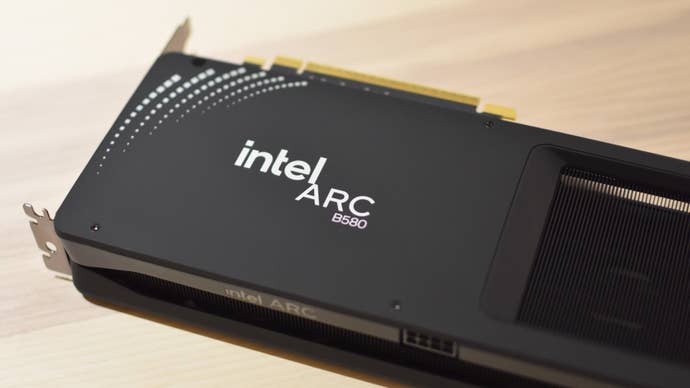
As long as we are stretching positively, it is true that the bar can change painful Performance on modern hardware. Therefore, although it is only a feature that must be used for Intel GPUs, you don’t worry much about its impact on GeForces and Radeon. A lot of pre -built gaming and PC laptops have turned on it by default and you don’t have to rush to disable it.
How to turn on and off the Resizable bar?
Say that you want to disable a reinforced device that is available or just bought the Intel Arc card and need to make sure it is turned on. Turn on and off the Resizable bar always requires a trip to the BIOS, so restart your PC and press the Del or F12 keys when it boots to enter it.
Some BIOS/UEFI layouts usefully include the quick conversion of RESIZE in their EZ mode screen, just like here at the top of the ASUS design. If you can find this switch, use it to place the reinforcement into your desired state, then restart your PC to change effect.
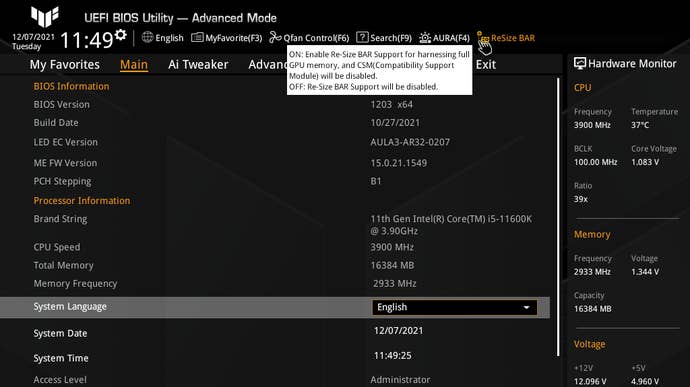
If there is no easy conversion, see in the advanced BIOS Settings (most likely in a PCI) menu for the bar/bar to change the size and install 4G encryption on 4G. Make sure both are turned on, then towards the boot menu and disabled the compatible support (CSM) before saving and escaping. To turn off the Resizable bar later, you can revert any change in the BIOS.
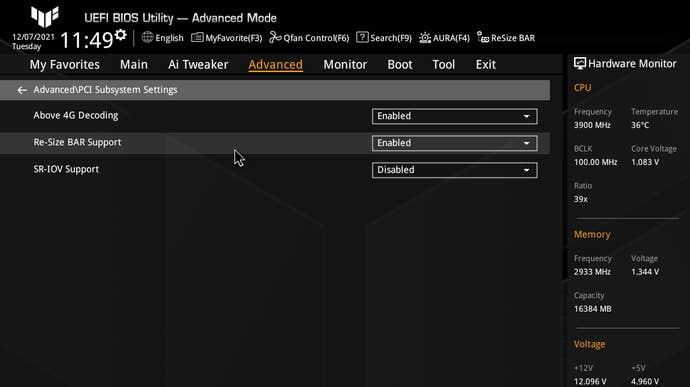
Be wary of disturbing CSM on systems with old memory, mind: If you have installed Windows in the old MBR format instead of a newer GPT, neutralizing CSM will mean you cannot restart unless you can re -enable or reinstall Windows in the GPT format.
You can check if the Resizable bar is active through the NVIDIA control panel. Click on “System information” in the lower left corner and you will find it listed among your GPU details. If “yes”, it will take effect in supported games and if it is marked “no”, it is currently disabled.
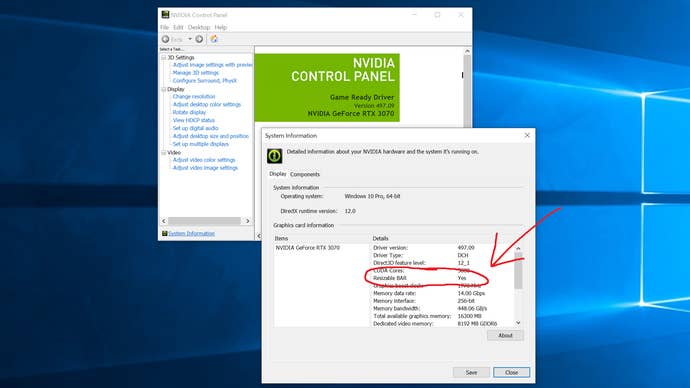
Similarly, the Intel ARC owner can check if it is exactly turned on through the Intel Graphics software application. In the current version (as of January 2025), if you navigate to Settings> System and expand hardware information, you will see whether the Resizable bar is close to the list.
